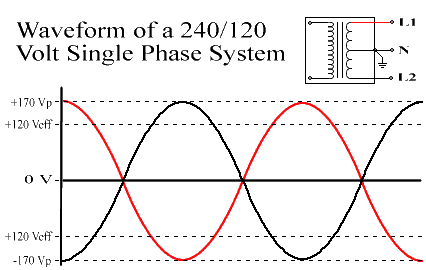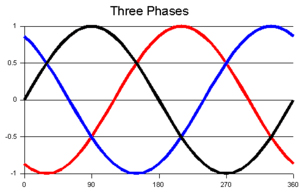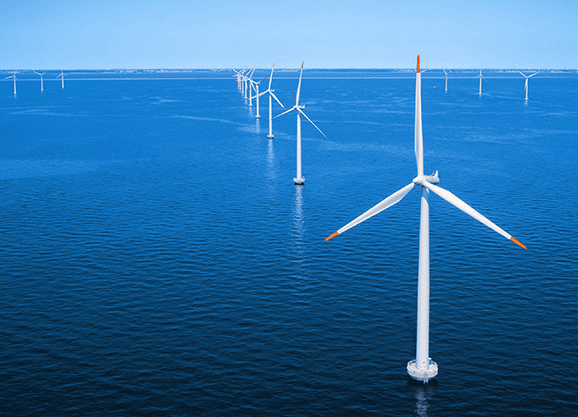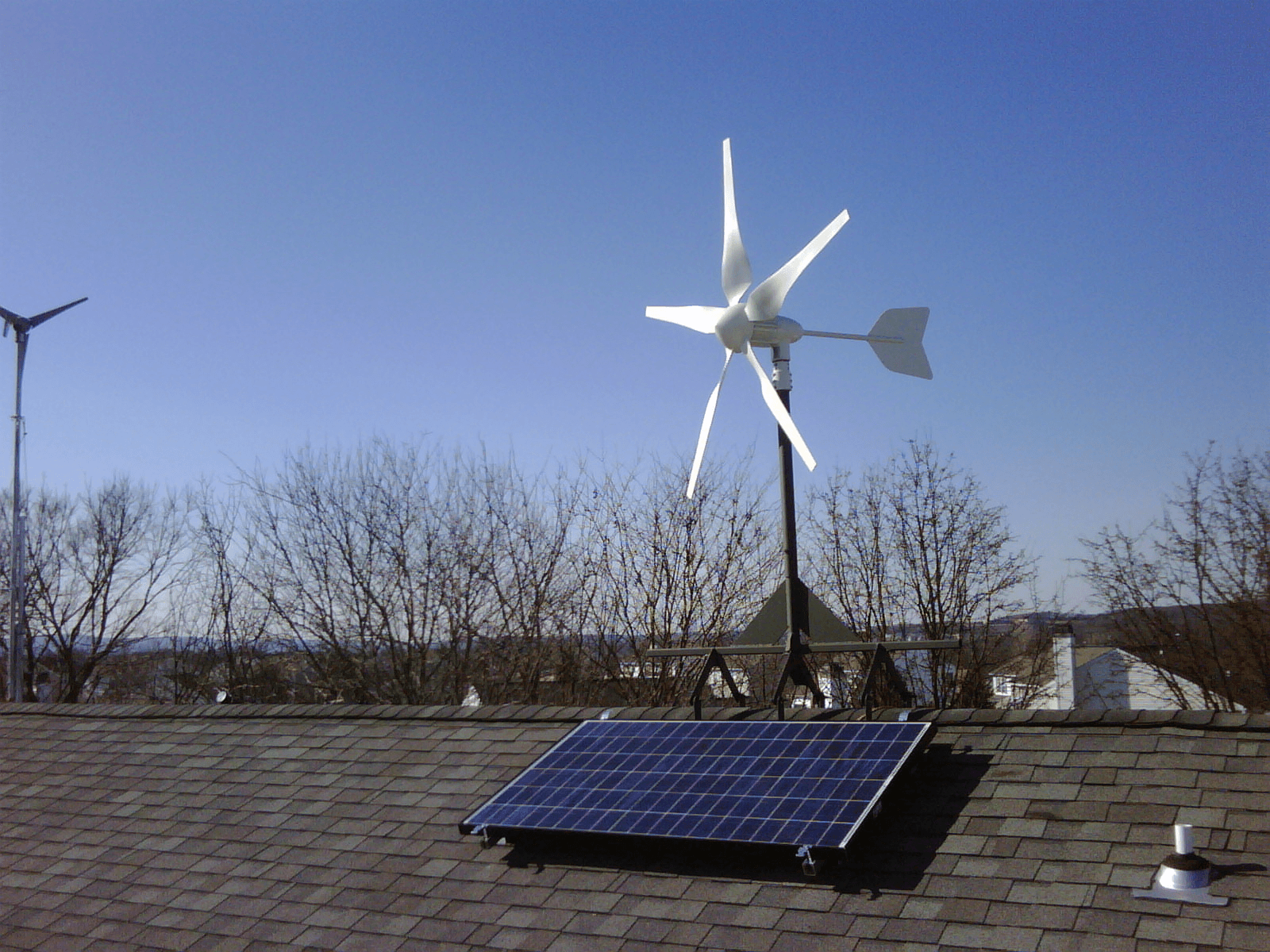Alternative Power Generators Information
Alternative power generators produce electricity from renewable energy sources. The term "alternative power" presupposes that traditional energy sources such as coal, gas, and other fossil fuels are undesirable. Alternative energy is typically defined as power produced without the undesirable effects of burning fossil fuels. These effects include high carbon dioxide emissions, difficulties inherent in processing fossil fuels, and ultimately depletion of the fuel itself. Depending upon the type, all alternative power generators convert a renewable energy source, such as wind, moving water, biomass, or sunlight into mechanical energy or electricity.
Technology
The Engineering360 SpecSearch database contains information about numerous types of alternative power technologies.
-
Fuel cells oxidize fuels such as hydrogen and hydrocarbons to convert chemical energy into electricity. Their construction is similar to that of batteries, but unlike batteries fuel cells require a constant supply of fuel and oxygen to produce energy. Byproducts of fuel cell electricity production include water, heat and, depending on the fuel used, very small amounts of emissions.
-
Hydro turbines are rotary devices which convert mechanical energy from moving water into electricity.
-
Flywheel power systems use mechanical devices called flywheels to store rotational energy. By storing energy, they are able to provide continuous power where the energy source is not continuous. The flywheel principle was historically applied in designing the potter's wheel.
-
Wind turbines convert kinetic wind energy into electricity. Small turbines are used to charge batteries and other small equipment, while large ones are increasingly being used in commercial electric power applications.
-
Photovoltaic (PV) cells turn sunlight directly into electricity. PV cells are the basic building blocks of solar panels.
-
Solar power supplies consist of various parts and supplies which aid in converting light into electricity. Examples include solar batteries, solar battery chargers and solar panels.
Specifications
Buyers may specify power output type, prime power rating, and mounting location when considering alternative power generators.
Power Output
Alternative power generators can produce several types of electric power, including alternating current (AC) and direct current (DC) power.
In AC power, the movement of the current periodically changes direction. Its waveform is typically a sine wave. Electric power delivered to homes and businesses is delivered in AC form.
AC power systems may be single phase or three phase. Single phase systems refer to those in which all of the system voltages peak simultaneously. It is typically applied to residential lighting and heating applications that do not require powering heavy equipment. Conversely, the voltages in three phase power peak at three separate times. Three phase systems are necessary in applications that require starting and powering large motors and other equipment.


A single phase (left) and three phase waveform.
Image credit: electricalknowledge.com; University of Minnesota
The movement of direct current is unidirectional, and its waveform appears as a flat line. DC power is typically used in low voltage applications such as automobiles, electric circuits and battery-powered devices.
Prime Power Rating
Alternative power generators are rated to specify the amount of power they can supply. Prime power rating refers to the power output available for an unlimited time, assuming the load is variable. A generator's average power output is typically 70% of its prime rating. Prime power rating is measured in watts or horsepower (HP).
Mounting
Alternative power generators may be mounted in a variety of different locations. Roof mount and ground mount generators are designed to mounted on building roofs and on the ground, respectively. Tracking mount generators are fitted on a track and can move to align with the power source. Off-shore mounted devices are designed to operate on a large body of water, such as a lake or ocean.

![]()

Left to right: off-shore, tracking, and roof mounts.
Image credit: Consumer Energy Report; Middle Earth Home; Windy Nation
References
Alternative Energy - Renewable Energy
Image credit:
EEMB Battery
- Arizona
- California
- Colorado
- Connecticut
- District of Columbia
- Delaware
- Florida
- Georgia
- Hawaii
- Iowa
- Illinois
- Indiana
- Louisiana
- Massachusetts
- Maryland
- Maine
- Michigan
- Minnesota
- Missouri
- North Carolina
- New Hampshire
- New Jersey
- New Mexico
- Nevada
- New York
- Ohio
- Oklahoma
- Oregon
- Pennsylvania
- Rhode Island
- South Carolina
- Tennessee
- Texas
- Utah
- Virginia
- Vermont
- Washington
- Wisconsin
